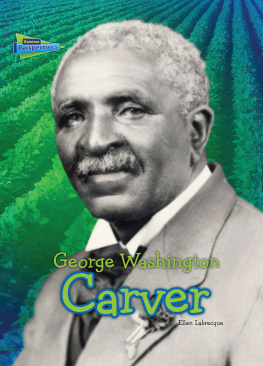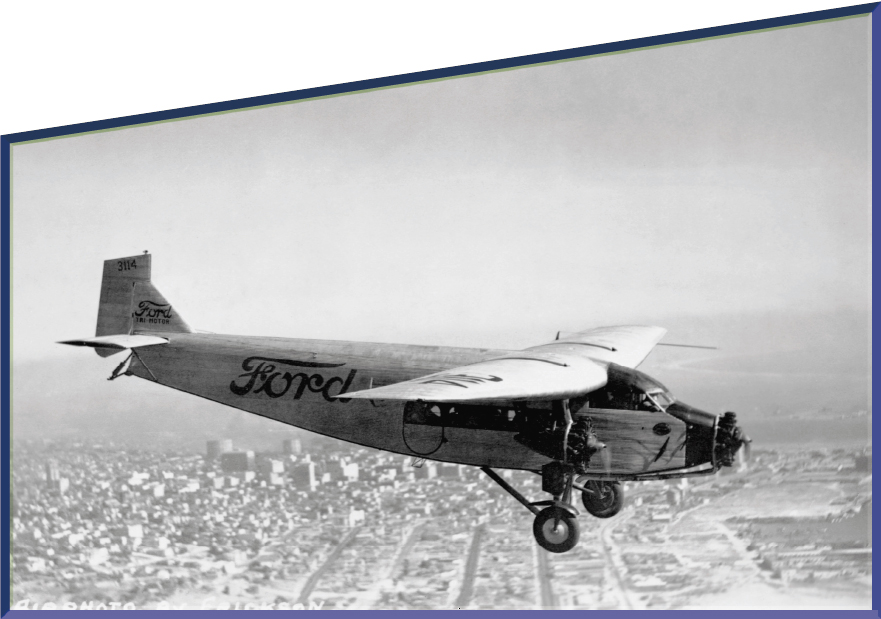1936 Flies for the first time, in a Ford Trimotor Plane at the Cleveland Air Race
1947 Enrolls at Purdue University to study aerospace engineering; receives a scholarshipfrom the U.S. Navy
1949 Interrupts his studies to serve three years in the Navy, which is a conditionof his scholarship
1955 Gets his degree; works as a flight scientist and engineer at Lewis Flight PropulsionLaboratory; moves to Edward Air Force Base, where he flies at supersonic speed
1958 Is selected for the NASA Man in Space Soonest program to train for space flight;continues to work as a scientist and engineer
1961 The Russian Yuri Gagarin becomes the first person in space. U.S. President JohnKennedy promises that the United States will land a man on the Moon before 1970.
1962 Armstrong becomes one of the New Nine astronauts on the Gemini manned spaceprogram
1966 Armstrong and David Scott pilot the Gemini 8 mission to dock with a module inspace
1969 Armstrong is chosen to command Apollo 11. On July 20, Armstrong, Buzz Aldrin,and Michael Collins reach the Moon, where Armstrong takes the first human step.
1971 Armstrong returns to space science and engineering; leaves NASA and spends therest of his life as a teacher, researcher, and technology business advisor
Find Out More
BOOKS
Edward, Roberta. Who Was Neil Armstrong? New York: Grosset and Dunlap, 2012.
Hunter, Nick. Space (Explorer Tales). Chicago: Raintree, 2012.
Wilkinson, Philip. Spacebusters: The Race to the Moon (DK Readers). New York: DorlingKindersley, 2012.
INTERNET SITES
Facthound offers a safe, fun way to find Internet sites related to this book. Allof the sites on Facthound have been researched by our staff.
Heres all you do:
Visit www.facthound.com
Type in this code: 9781410962379
PLACES TO VISIT
Armstrong Air and Space Museum
500 Apollo Drive
Wapakoneta, Ohio 45895-9780
www.armstrongmuseum.org
National Air and Space Museum
Independence Avenue at 6th Street, SW
Washington, D.C. 20560
airandspace.si.edu
Space Center Houston
1601 NASA Parkway
Houston, Texas 77058
spacecenter.org
Contents
Some words are shown in bold , like this. You can find out what they mean by looking in the glossary.
Who Was Neil Armstrong?
Imagine a world where the solar system was just a mystery seen through a telescope,and where the Moon was a ball of blue mountains and valleys. Passenger flights acrossthe Atlantic Ocean were a new thrill. Jet airplanes were only just making their firsttrails in the skies.
Into this world was born the first man to step out onto the Moon. A man who was alsoa remarkable pilot, engineer, and astronaut. His name was Neil Alden Armstrong,and he was born on August 5, 1930.
This is Neil Armstrong inside the vehicle that landed on the Moon on July 20, 1969.
Seaplanes like this one took passengers across massive lakes in North America andAfrica.
Neil started life in the country town of Wapakoneta, Ohio. His parents were Stephenand Viola Armstrong. Neil had a sister, June, and a brother, Dean. Neil got the qualitiesof inventiveness, concentration, organization, and perseverance from his mother.He got his passion for airplanes from his father.
Top technology
.
In Awe of the Airplane
What inspired Neil to take to the air? His father took him to the Cleveland Air Raceat the age of just two. Neil also enjoyed playing with a tin toy airplane that hismother bought for him. At the age of six, he went on his first flight, in a FordTrimotor plane. His brother, Dean, recalled that this was the most important earlyexperience of Neils life.
The Tin Goose
The Ford Trimotor was built in 1927 as one of the first all-metal planes.It was nicknamed the Tin Goose. The planes three engines took it higher and fasterthan others of the time. In 1929, the Norwegian pilot Berndt Balehen (18991973)flew it over the South Pole.
Neil himself said his deep interest in flight grew from the age of eight or nine.He spent hours making model airplanes. More than this, he drew designs never seenbefore, with retractable landing gear. That is where the wheels pull up under theairplanes belly at takeoff. With this incredible imagination, it is no surprisethat Neil wanted to be a designer, not a pilot!
Neil loved music and played the baritone horna heavy instrument for a small boy!Here he is in his band uniform.
Up, Up, and Away!
Neils father was an for the state of Ohio. The job meant that he traveleda lot with his family, checking how the state was spending its money. The Armstrongshad to move 20 times!
When Neil was 14, the family returned to Wapakoneta, and Neil settled down well atBlume High School. He joined the Scout movement and was encouraged to explore. Thislove of exploring his own country and beyond never left him.
Wapakonetas Armstrong Air & Space Museum displays Neils flying history.
FIRST FLIGHT
At just 15, Neil and his friends took flying lessons at an airfield in Wapakoneta.The lessons were expensive, so Neil worked in a pharmacy for 40 cents an hour topay for them. He passed his test on his 16th birthday, and he took his just a week later!
First aircraft
At Wapakoneta, there were old World War II planes and training craftsuch as the Vultee BT-13 and the Fairchild PT-19. There was also the new AeroncaChief training aircraft. Neil flew this basic Aeronca model called Champ (above).The pilots seat is at the front and raised above a dipped nose, for good visibility.
Designs for the Skies
Neil applied to college to study aerospace engineering, following his true passion.He hoped the U.S. Navy would help pay for his studies. So, at the age of just 16,Neil calmly flew 300 miles (480 kilometers) to register for the U.S. Navy scholarship-qualifyingexam!





















